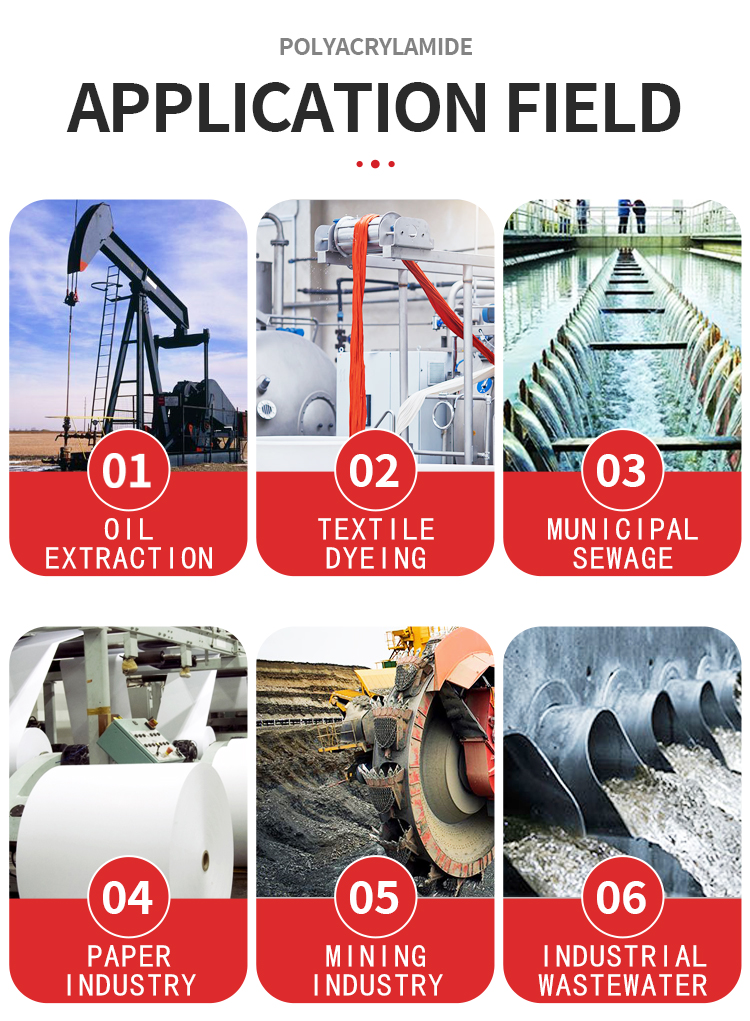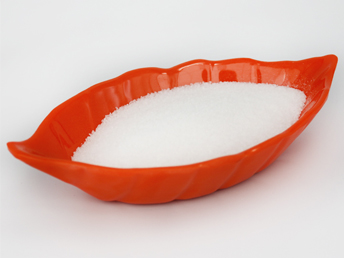How to accurately select the type of PAM flocculant in sewage treatment?
Suspended solids (SS) and turbidity: For sewage containing a large number of fine, difficult-to-sediment suspended particles, high molecular weight, high hydrolysis degree anionic PAM should be selected, because it has good bridging adsorption and net capture effects, and can effectively condense and precipitate these particles.
pH value: If the sewage is alkaline or acidic, the ion type of PAM needs to be considered. Under acidic conditions, cationic PAM such as polydimethyldiallyl ammonium chloride (PDMDAAC) shows good flocculation effect; in alkaline environments, anionic or non-ionic PAM is more suitable.
Organic matter content: For sewage with high organic matter content, cationic PAM can be selected, which has strong adsorption and bridging ability for negatively charged organic colloid substances in water.
Temperature factor: Different PAM products have different temperature sensitivities. It is necessary to select suitable temperature-resistant PAM products according to the actual operating environment and temperature changes in the process flow.
Special pollutants: Sewage from certain industries may contain special pollutants, such as heavy metal ions in mining wastewater, lignin in papermaking wastewater, etc. At this time, it is necessary to combine experimental verification and select PAM products that can remove these pollutants in a targeted manner.
When selecting PAM flocculants in sewage treatment, it is necessary to fully consider and analyze the various chemical and physical properties of sewage, and determine the best flocculant type and its dosage through laboratory tests and on-site pilot tests, so as to ensure the efficient and stable operation of the sewage treatment process and achieve the ideal purification effect.


